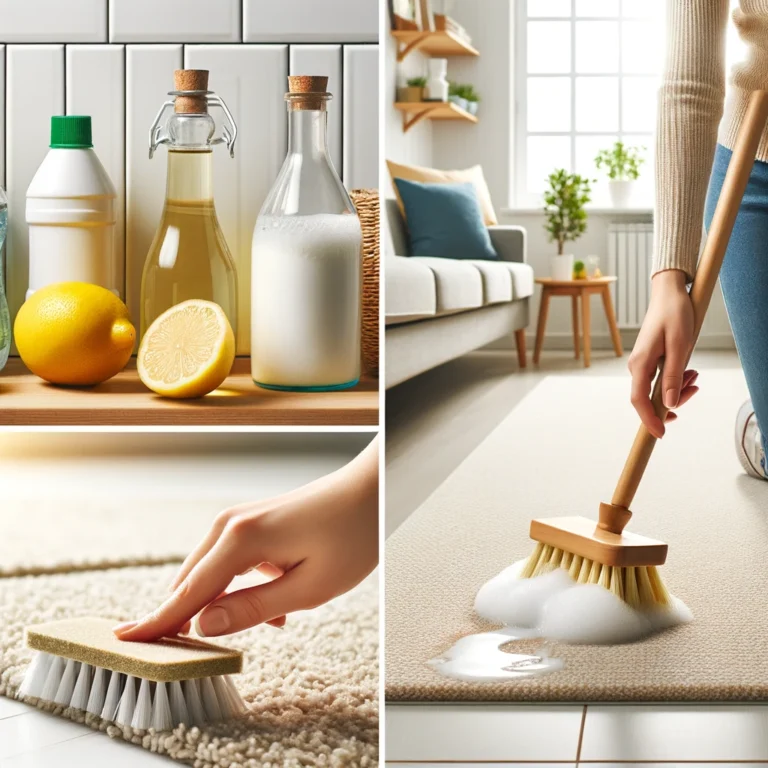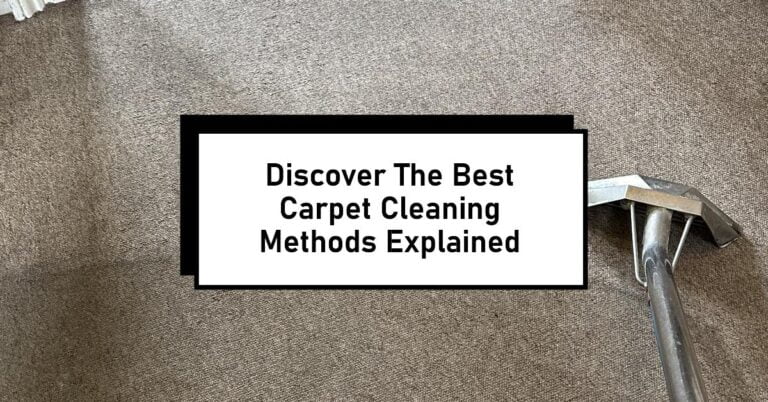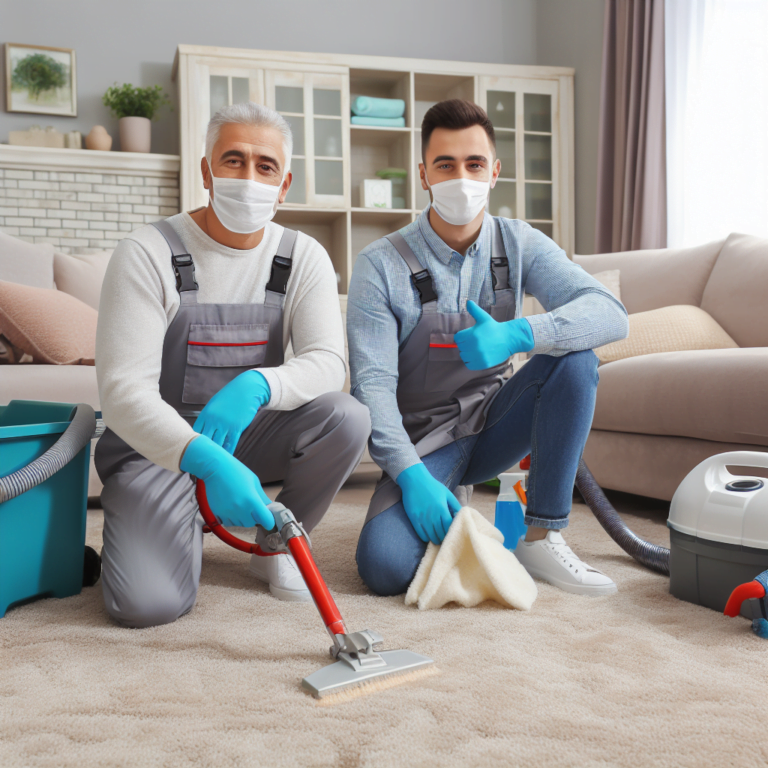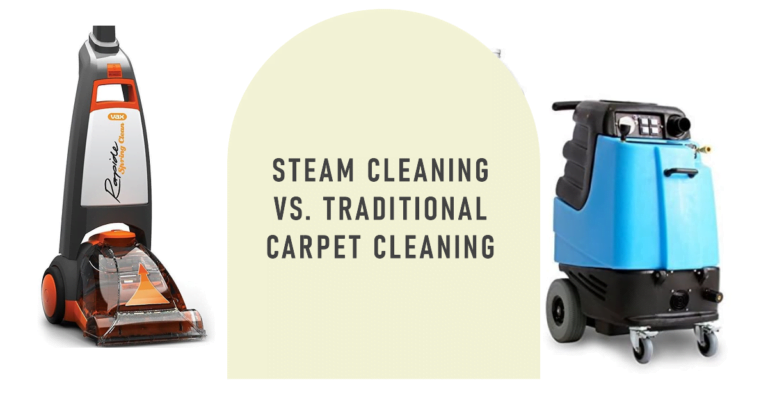Removing Pet Stains From Carpets: Introduction
Let’s face it, no matter how well-trained our furry friends are, accidents happen. And sometimes, those accidents leave unsightly stains on our beloved carpets. But before you resign yourself to a life of pet-stained floors, take a deep breath! Removing pet stains is absolutely possible, especially if you act quickly.
This guide will help you clean it up fast, so your home stays healthy and fresh. We’ll show you what to do, from easy DIY tricks to calling in the pros. From understanding the nature of pet stains to exploring do-it-yourself solutions and when to call in the professionals, we’ve got you covered.
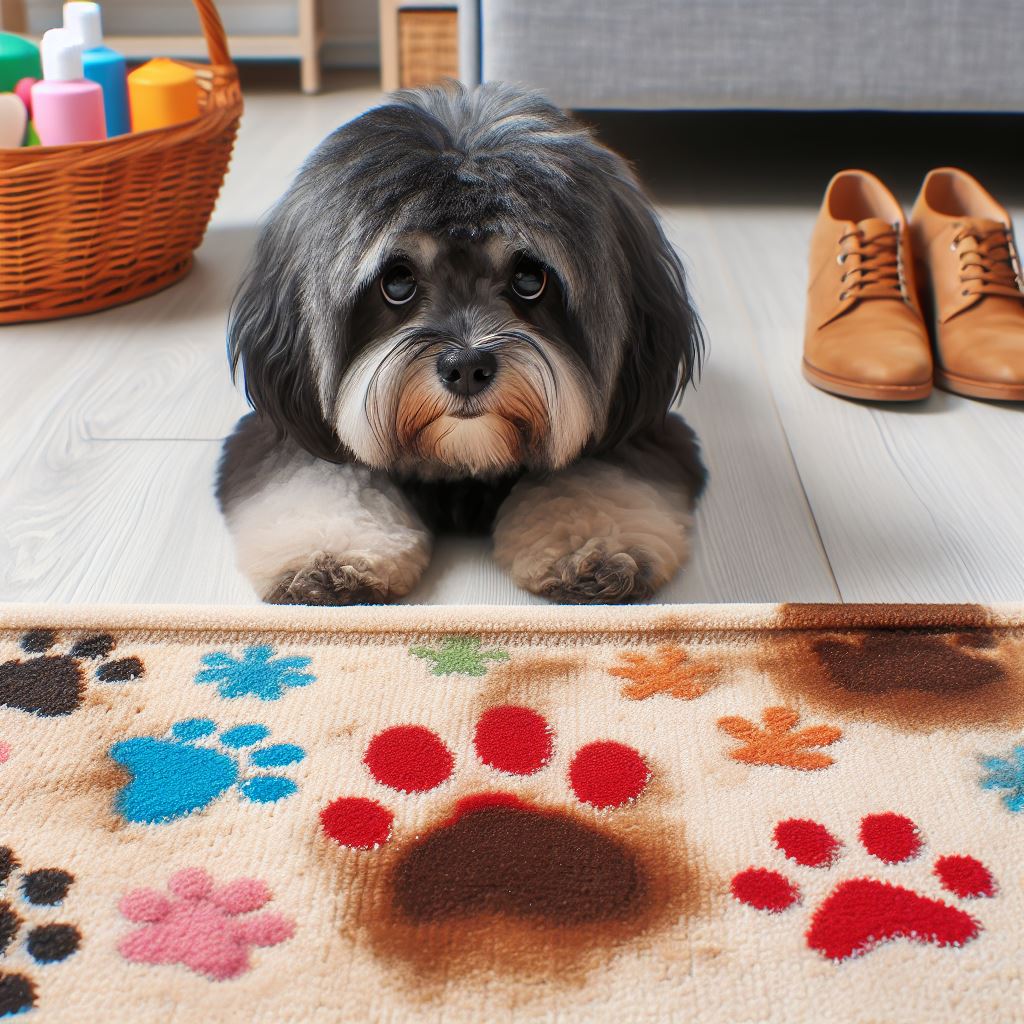
The Golden Rule: Act Fast!
The sooner you tackle a pet stain, the easier it will be to remove completely. Fresh stains are much less likely to set in and become permanent. So, when you discover a little “gift” from your pet, grab your cleaning supplies and get to work!
Understanding Pet Stains: A Closer Look at the Challenge
Pet stains on carpets can come from a variety of sources, each presenting its own unique set of challenges. Knowing the type of stain you’re dealing with is the first step in addressing the problem effectively. Here’s what you need to know:
- Urine Stains: These are among the most common and troublesome pet stains. Urine can seep deep into carpet fibers and even into the underlay, leading to odors that linger if not properly treated. It’s not just about the visible stain but also about tackling the underlying odor.
- Feces Stains: Accidents happen, and when they do, they can leave behind stains that are not only unsightly but also potentially harmful due to bacteria and parasites. Immediate action is necessary to prevent health risks and further absorption into the carpet.
- Vomit Stains: These are particularly challenging due to their acidic nature, which can affect the color and texture of your carpet if not addressed quickly. Vomit stains often require a different cleaning approach to effectively remove both the stain and the odor.
Understanding the specifics of these stains helps in selecting the right cleaning approach and ensuring your carpet gets back to looking its best.
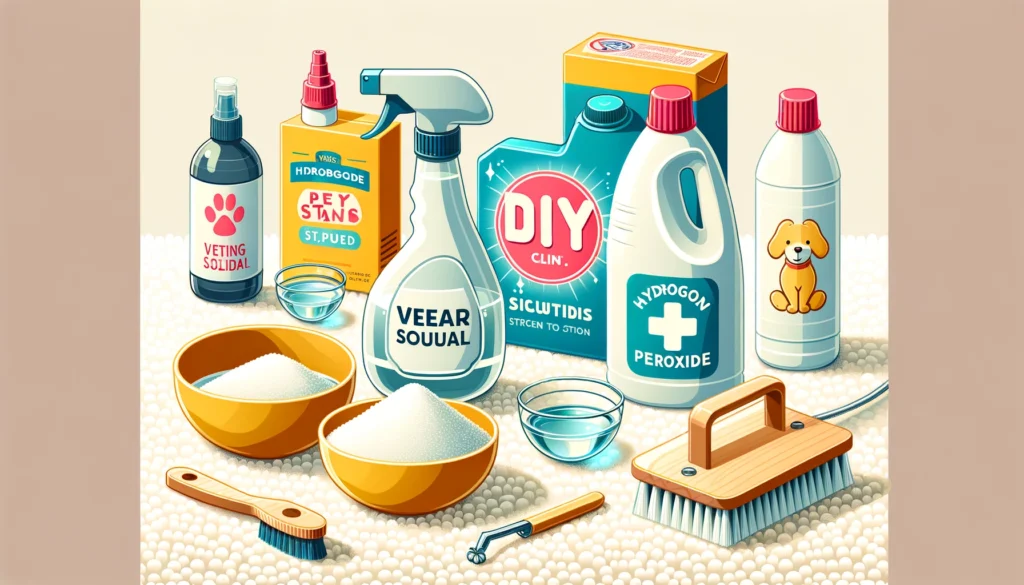
DIY Solutions for Immediate Action: Tackling Pet Stains Quickly
When faced with a pet stain, quick action can prevent the stain from setting and make cleanup easier.
Here’s a quick DIY guide to removing pet stains from carpets:
- Blot, Don’t Rub: Grab some clean, absorbent cloths or paper towels. Gently blot up as much of the mess as possible. Resist the urge to rub, as this can spread the stain further into the carpet fibers.
- Treat the Stain: Now it’s time to neutralize the stain and eliminate any lingering odors. You have a couple of options here, depending on what you have on hand:
- Baking Soda: This household staple is a lifesaver when it comes to pet stains. Baking soda absorbs odors and helps dry out the affected area. Sprinkle a generous amount of baking soda over the stain and let it sit for at least 30 minutes, or even overnight for stubborn stains. Then, vacuum thoroughly.
- Vinegar Solution: White vinegar is a natural disinfectant and deodorizer. Mix equal parts white vinegar and water in a spray bottle. Lightly spray the affected area with the vinegar solution and blot with a clean cloth. Be careful not to over-wet the carpet. Allow the area to air dry completely. This natural solution helps to neutralize odors and can break down the stain.
- Hydrogen Peroxide (For Tough Stains): For particularly stubborn stains, you can try a solution of 3% hydrogen peroxide mixed with equal parts water. You can add a few drops of dish soap for extra cleaning power. Spray on the stain and blot. Note: Test this solution on a hidden area of your carpet first, as hydrogen peroxide can lighten some fabrics.
- Commercial Cleaners: If you prefer a store-bought solution, opt for an enzyme cleaner specifically designed for pet stains. These cleaners contain enzymes that break down odor-causing bacteria, leaving your carpets truly fresh.
Important Note: Always test this solution in an inconspicuous area of the carpet first, as hydrogen peroxide can bleach some fabrics.
Neutralize and Rinse: Once you’ve treated the stain, it’s important to remove any cleaning residue. Use a clean, damp cloth to blot the area thoroughly. Remember, the goal is to remove the stain solution, not soak the carpet.
Remember, while these solutions can be effective for immediate treatment, they may not completely eliminate all traces of serious stains or odors. They are, however, excellent first steps in the cleanup process.
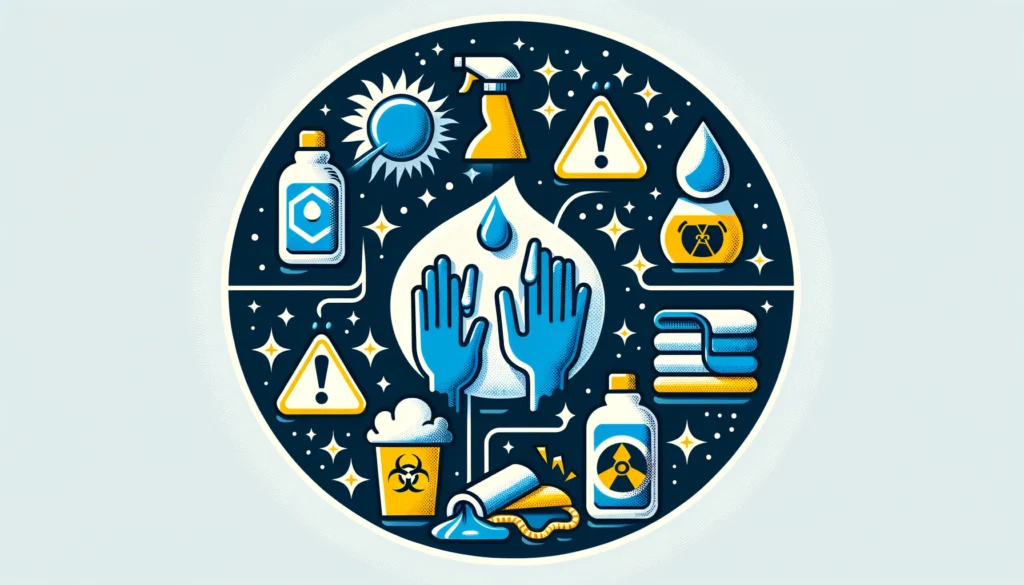
Dealing with Old Stains:
Don’t despair if you discover an older pet stain. The process is similar, but you might need to be a bit more persistent. Apply your chosen cleaning solution (baking soda, vinegar, or commercial cleaner) and allow for a longer pre-treatment time. You may also need to repeat the cleaning process a few times for complete removal. In some cases, particularly difficult or set-in stains, professional carpet cleaning might be necessary.
Different Types of Pet Stains:
While the basic steps remain the same, there might be slight variations depending on the type of pet stain you’re dealing with. For example, if your pet throws up on the carpet, it’s best to scrape up any solids first before tackling the stain itself.
Drying and Preventing Recurrence:
Once you’ve successfully removed the stain, allow the area to air dry completely. Avoid using direct heat or harsh sunlight, as this can damage the carpet fibers. You can speed up the drying process by using a fan.
Finally, to discourage your pet from revisiting the spot, consider using an enzymatic odor neutralizer. These products eliminate lingering odors that might attract your pet back to the scene of the crime.
We are highly recommended on Google My Business
172+ 5.0 ★★★★★ reviews
Consequences of Using Wrong Cleaning Solutions: A Word of Caution
While tackling pet stains promptly is important, equally crucial is the choice of cleaning solutions. Not all cleaners are suitable for all types of carpets, and using the wrong products can lead to several issues:
- Discoloration: Some cleaning agents can cause your carpet’s colors to fade or change. This is particularly true for natural fibers or carpets dyed with sensitive colors.
- Fabric Damage: Harsh chemicals can break down carpet fibers, leading to a worn, frayed appearance. This can reduce the lifespan of your carpet and affect its texture and comfort.
- Chemical Reactions: Mixing different cleaners without understanding their chemical properties can lead to harmful reactions. For example, mixing bleach with ammonia-based cleaners can release toxic gases.
- Residue Buildup: Some cleaning solutions leave behind a residue that attracts dirt and dust, leading to a dirtier carpet over time.
To avoid these pitfalls, always read and follow the instructions on your cleaning products, and when in doubt, test a small, inconspicuous area of your carpet before treating the entire stain. If unsure, consulting with a professional or using products specifically designed for carpets can provide peace of mind and protect your investment.
The Limitations of DIY Solutions and When to Call in the Professionals
DIY solutions can be effective for fresh stains or minor accidents, but they have their limitations. Here’s why you might need to consider professional cleaning services:
- Deep-Set Stains: Some stains penetrate deep into the carpet fibers and pad, making them nearly impossible to remove with surface cleaning methods. Professionals use specialized equipment that cleans beyond the surface.
- Persistent Odors: Odors, particularly from pet urine, can linger even after the stain seems to be gone. Professional cleaners have access to products and techniques that neutralize odors at the molecular level.
- Recurring Stains: If a stain reappears after cleaning, it could be due to ‘wicking’ from the carpet pad beneath. Professional methods ensure the entire stain is removed, preventing it from returning.
- Large or Complex Stains: Large-scale stains or those involving hazardous materials might be too much for DIY methods. Professional cleaning ensures thorough and safe removal.
- Maintenance: Regular professional cleaning can extend the life of your carpet, keeping it looking fresh and new for longer.
While DIY can be a first line of defense, understanding when to call in professional help can save you time, money, and ensure your carpet remains a healthy and attractive part of your home.
Conclusion:
Removing pet stains from carpets doesn’t have to be a daunting task. With a little know-how and some readily available cleaning supplies, you can keep your carpets looking fresh and free from those unwanted “gifts” from your furry companions. Remember, the key is to act quickly and use the right methods. So, the next time your pet has an accident, don’t panic! Grab your cleaning supplies and follow these steps, and your carpets will be good as new in no time.


